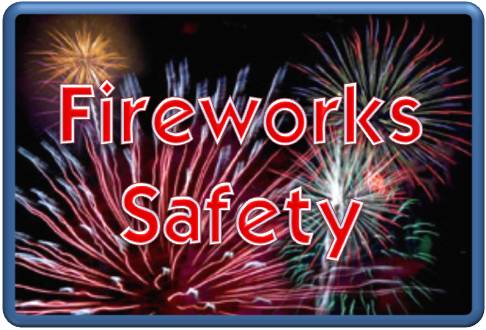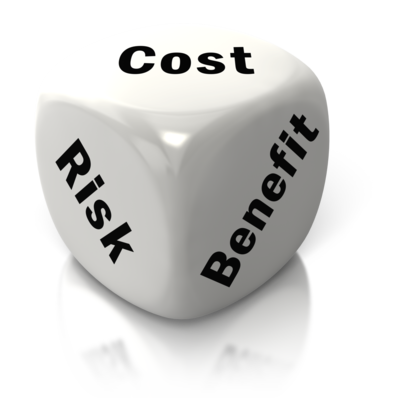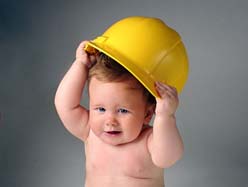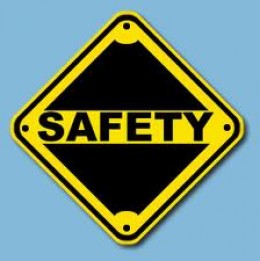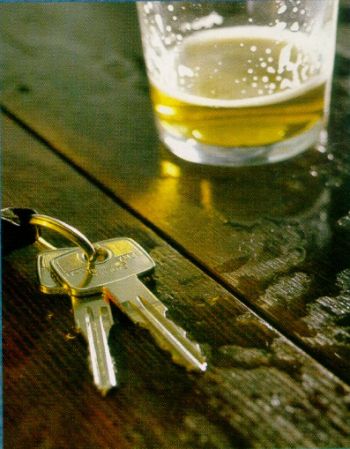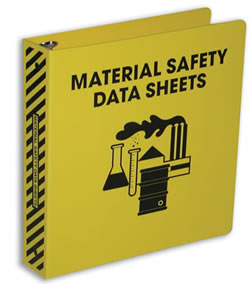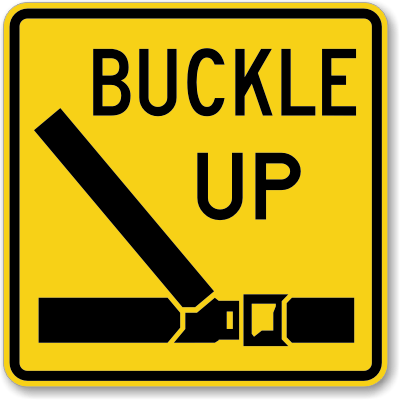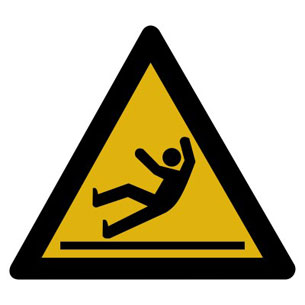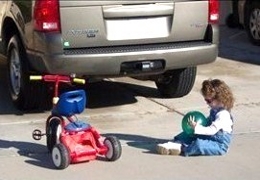- Use fireworks outdoors only.
- Obey local laws. If fireworks are not legal where you live, do not use them.
- Always have water handy. (A hose or bucket).
- Only use fireworks as intended. Don’t try to alter them or combine them.
- Never relight a “dud” firework. Wait 20 minutes and then soak it in a bucket of water.
- Use common sense. Spectators should keep a safe distance from the shooter and the shooter should wear safety glasses.
- Alcohol and fireworks do not mix. Have a “designated shooter.”
- Only persons over the age of 12 should be allowed to handle sparklers of any type.
- Do not ever use homemade fireworks of illegal explosives: They can kill you! Report illegal explosives to the fire or police department in your community.
Let’s celebrate our nation’s heritage on the Fourth of July, but celebrate safely. via Welcome | The National Council on Fireworks Safety.

